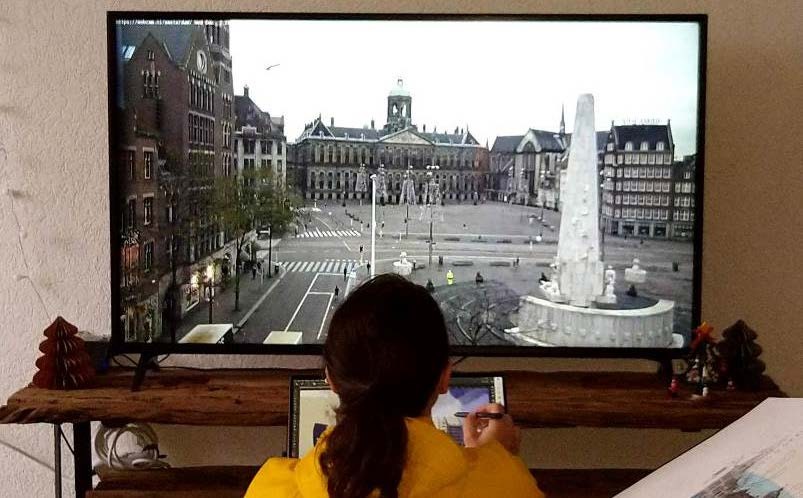Tânia A. Cardoso in CONFIA proceedings (2021)
In the wake of the Covid-19 pandemic, there has been a noticeable shift in the usual presence of bodies moving through urban space. As a result, our everyday definitions of mobility and perception of space and place have changed. In turn, urban-focused illustration practices are prompted to consider the altered presence of the body in the city, and ask how human embodiment is enacted in online spaces and urban digital networks. This new situation can spark the illustrator’s urban imagination, but it also poses challenges as to appropriate strategies for illustration practice in the city. This article reflects on how the engaged, even if distanced, position of the illustrator demands a renewed critical reflection on what potential absence and disconnection may mean for the creative treatment of urban spatialities and temporalities. It is crucial, as this article suggests, to develop adjusted, “patchwork” methodologies to explore and reimagine space amidst the pandemic. Ideally, the resulting dialogue between theory and practice will help to facilitate an alternative praxis for developing urban imaginaries. I will therefore reflect on the possibilities for illustration to reconceive in-situ artistic practice, envision alternative urbanisms, and develop alternative methods of mapping for a post-pandemic urbanism.
